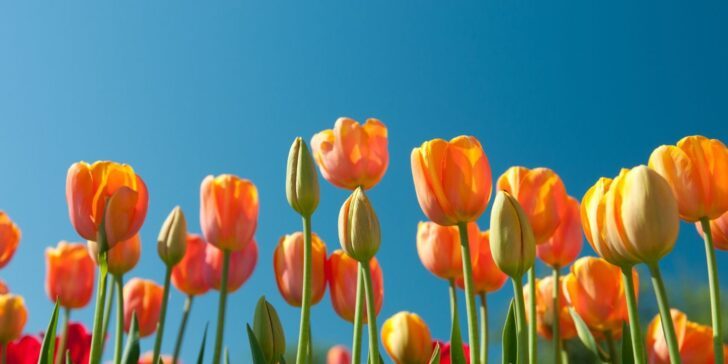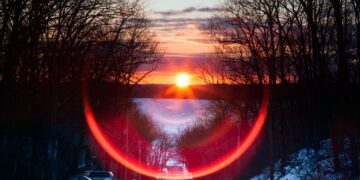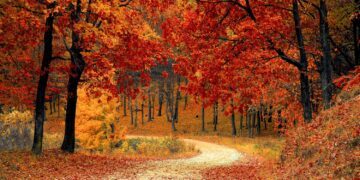Almost everyone loves spring, and it’s easy to see why!
From the gorgeous flowers in bloom to the sweet songs of birds and the warm feeling of sunlight, there’s something magical about this season.
The spring season embodies the essence of life, and you can see it in the blossoming beauty all around.
It’s also the season of change, and many fascinating events occur during this period. Say goodbye to gloomy weather and welcome the joy of spring with these fun facts about spring!
Spring starts at different times in the northern and southern hemispheres.

The timing of seasons is inverted in countries located north and south of the equator. This happens because of the Earth’s natural tilted axis.
For counties in the northern hemisphere, like the United States and the United Kingdom, spring begins in March. However, this period would be fall in countries south of the equator, such as Australia and Argentina.
Spring finally starts in the southern hemisphere around September, but this time of the year is fall in the north.
More babies are born during spring.

Many families gain an additional member during this period, making spring officially the season of babies. Some women even plan for spring births to protect their baby’s delicate system from the flu season.
But it’s not just human babies that are being born this season. Many animals, including cattle and sheep, experience increased birth rates during spring.
One possible reason for the increase in births is the pleasant weather. Mothers also have access to more nutritious food this season. This allows them to produce healthier breastmilk to nourish their babies.
You get to enjoy more daylight.
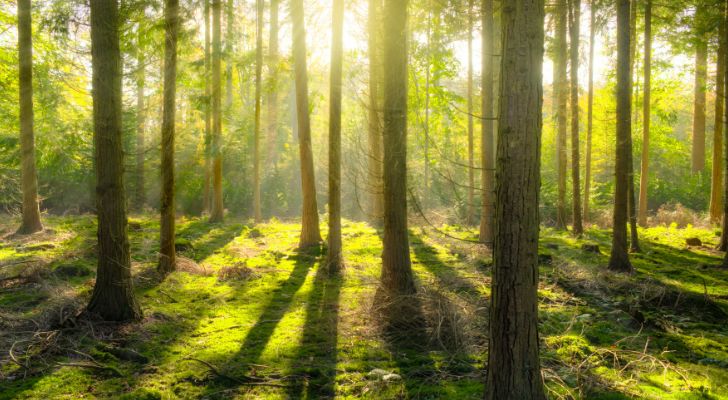
One of the highlights of spring is that daylight gets longer. We get a few extra minutes of daylight each day in spring. March usually has the fastest daylight gains, adding up to three minutes every day.
However, the rate of daylight increases eventually diminishes around the summer solstice. By June, things will reverse, and we will start losing daylight hours instead.
The start of the spring season could make you feel sick.

With the singing birds and warmer weather, springtime is known for lifting spirits and moods.
Unfortunately, not everyone deals with the change in weather so well. Spring fever is a recognized but vaguely termed condition where people feel unwell at the beginning of spring.
Common symptoms of spring fever include rapid mood changes, restlessness, and low energy. Thankfully, this condition isn’t fatal and typically goes away on its own after some time.
The term spring cleaning dates back to the 19th century.

The earliest use of the term “spring clean” can be traced back to the 1840s, and it wasn’t until 1894 that it was first used as a verb in the London Daily News publication.
While spring cleaning as a practice has links to the Jewish festival of Passover, some experts also say it could have come from the Persian New Year celebrations, which include thoroughly cleaning the house before the event.
Legend says Groundhogs can predict an early spring season.
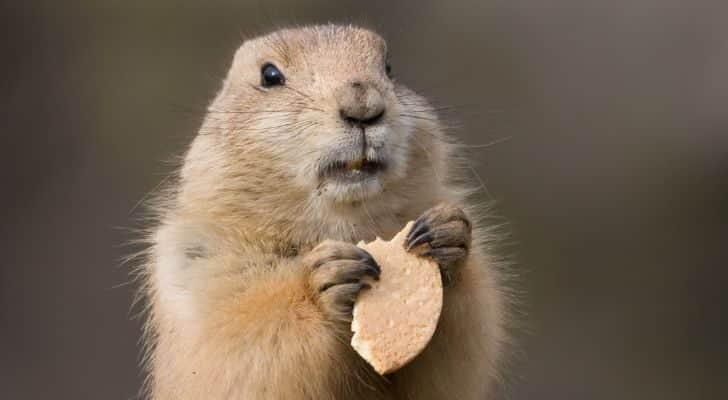
It’s believed that when groundhogs emerge from their burrow, they can predict the season. Punxsutawney Phil, a famous groundhog in Pennsylvania, is used to predict if spring will arrive earlier or later each year.
On February 2, Groundhog Day, crowds gather to watch the little rodent arise from his burrow. It’s believed that if he sees his shadow, it means that winter will go on for an additional six weeks. But if he doesn’t, spring will arrive earlier.
Spring was originally called lent.
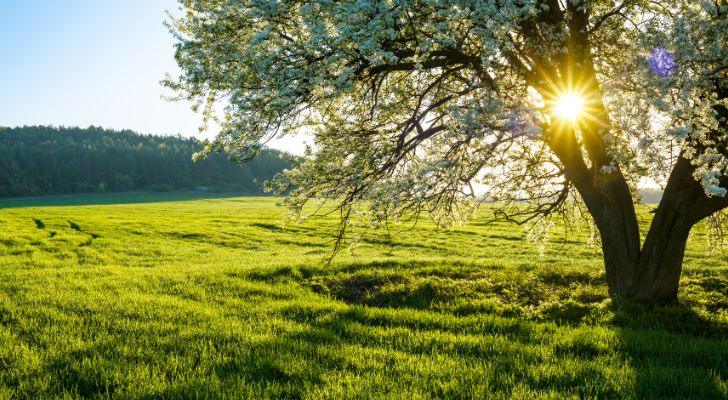
Lent was the old name for the spring season. This name comes from the old English word, lencten, referring to the longer days in this season.
It wasn’t until the 1300s that it was replaced with “springing time,” referring to the emergence of plants. As time passed, this was ultimately shortened to the name that we know today.
Lent, on the other hand, is a term now strictly reserved for the period of Christian celebrations and traditions that run between Ash Wednesday and Easter.
Children grow faster in spring.

No one’s sure why this happens, but scientists speculate it could be because children get more sunlight. This is believed to help regulate their hormones and stimulate bone development.
Spring is also the season of abundant fresh foods and vegetables so kids can get better nourishment.
Plus, being able to step outside to play and engage in healthy physical activities this season may also contribute.
Spring is the rainiest time of the year.
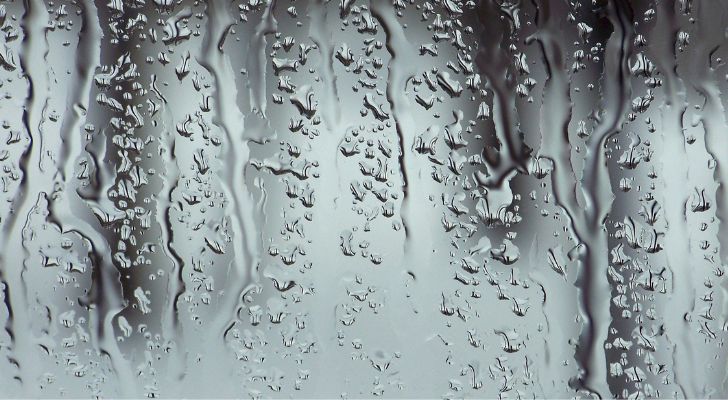
Keep your umbrellas close because rainfall increases during the spring months. This is because dry winter air mixes with warm, humid summer air.
As the air continues to rise, the moisture that was previously locked in escapes as rain.
Visitors crowd Mexico’s Chichen Itza in spring.

Chichen Itza, one of the New Seven Wonders of the World, attracts millions of visitors annually.
Although people come throughout the year to see this impressive Mayan archaeological site, traffic is typically heaviest during spring.
On the spring equinox, crowds gather to watch the shadow of Kukulkán, the Mayan serpent god, appear as if by magic on the temple stairs, an event that happens just once a year.
The first day of spring has equal hours of daylight and darkness.
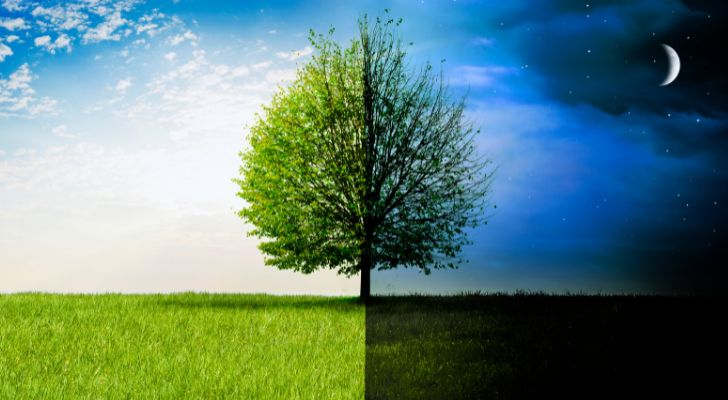
The spring equinox (also known as the vernal equinox) is the first day of spring. It’s a special day because day and night are almost equally divided into 12 hours. Additionally, if you stood at the equator at noon on the vernal equinox, the sun would be directly overhead.
The vernal equinox typically falls on March 20 in the Northern Hemisphere and around September 22 in the Southern Hemisphere.
The only other time of the year with equal daylight and darkness is the fall equinox.
Hibernating animals emerge in spring.
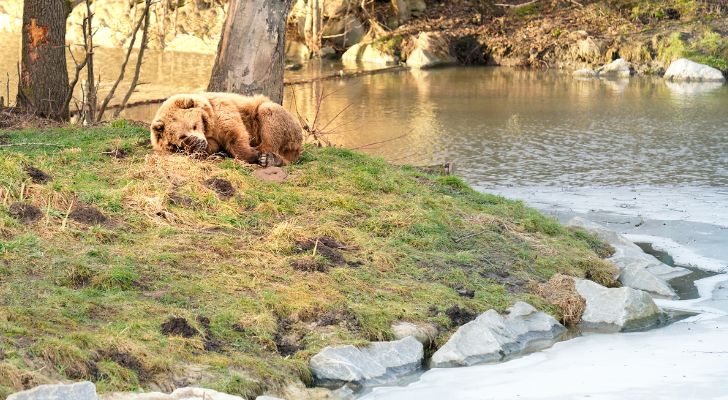
Many animals, like bears, bats, and squirrels, rest in winter. Hibernation helps them avoid the harsh weather without needing to forage for food. During this period, their metabolism and even heart rate drops.
However, as spring brings warmer temperatures, these animals awake from deep sleep and hungrily go out in search of food.
Egypt’s Great Sphinx aligns with the spring equinox.

During sunset on the spring equinox, the Sun descends behind the shoulders of the Sphinx, which lines up with the Pyramid of Giza that looms behind it in the distance.
Their alignment causes their silhouettes to fuse, framing the Sphinx perfectly.
Another fun archeological observation is that the remaining 24 pillars in the Sphinx Temple also align with the vernal equinox.
Spring is arriving earlier than usual due to climate change.

Unfortunately, winters are getting warmer, and spring is starting earlier than usual, thanks to rising global temperatures.
The US states of Texas, Arkansas, New York, and Maryland, for example, saw the earliest spring conditions on record in 2023.
Unsurprisingly, this shift isn’t great for animals as it affects their migration and hibernation patterns, as well as their ability to find food.
Your sense of smell can improve during spring.
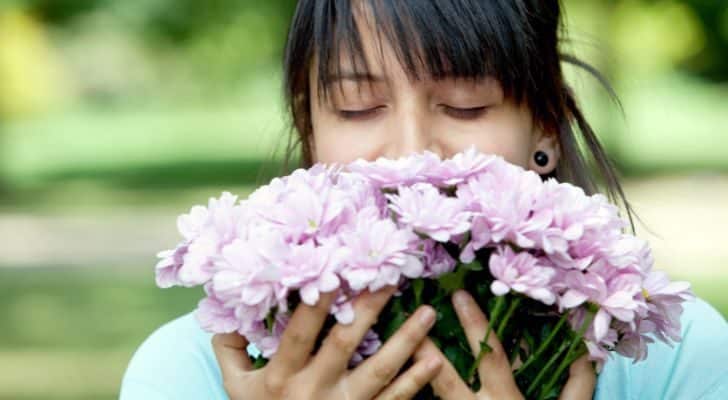
Did you know that your nose needs humidity to pick up smells? It’s the moisture in the air which helps deliver odor particles to your nostrils.
Our noses then process this information and use it to recognize smells.
Therefore, it makes sense that your sense of smell is heightened during the spring season; spring brings more rain, and that brings more humidity.
It’s no wonder that flowers smell particularly sweet and fragrant in spring!
Spring is the most vibrant season of the year, and nature invites you to soak it all in.
The landscape is filled with vibrant flowers, lush green vegetation returns, and the weather is perfect.
Truly, spring is the best of all seasons! So what are you waiting for? Go enjoy that beautiful spring sun!

